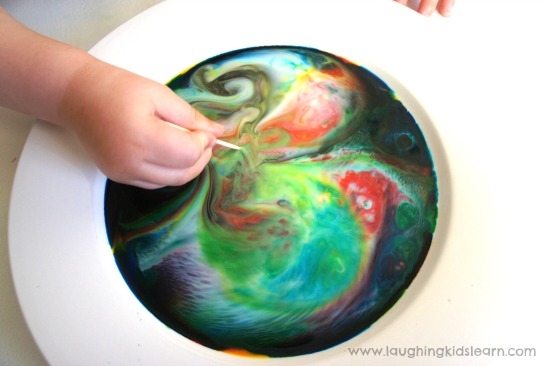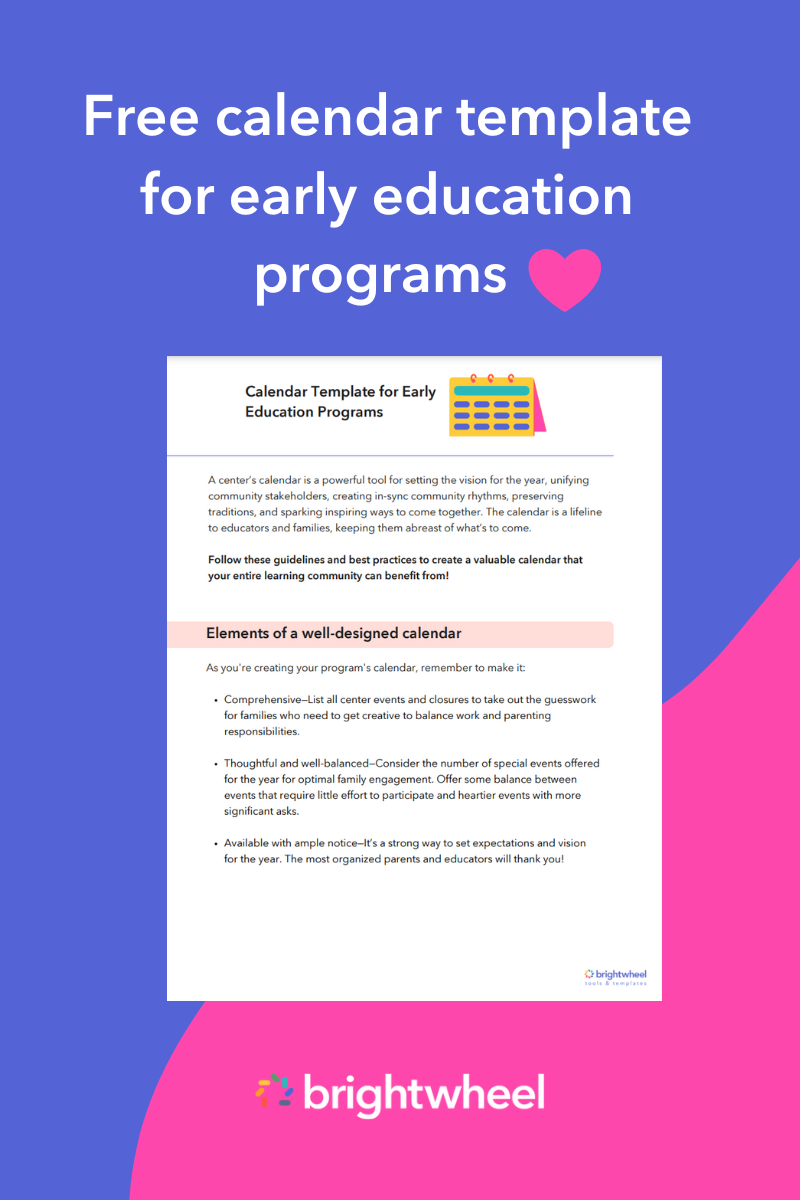As a preschool teacher, one of your greatest responsibilities is coming up with creative ways to keep your preschoolers engaged. This is especially true when introducing them to new subjects like math and science or helping them practice emerging skills.
To make your classes more colorful, we’ve come up with 15 easy and fun preschool activities children will enjoy, while learning something new in the process.
Fun and easy preschool activities
1. Kick the alphabet cups
This alphabet activity helps children practice their letter recognition and motor skills as they kick or roll a ball to the appropriate cup.
For this exercise, you’ll need a small ball, plastic cups, and a permanent marker. Set up the activity by writing a letter on each plastic cup with a permanent marker. You can write lower-case letters on one side of the cup and upper-case letters on the other side to help your children identify both versions of the letter.
Line up the cups in a row on the floor and have each child kick or roll the ball to knock over a cup. Then, have them identify the letter on the cup they knocked over.
2. Connect the dots with alphabet letters
This connect the dots activity will help your children practice their letter recognition skills and improve their fine motor skills and handwriting.
For this exercise, you'll need a long piece of butcher paper and a marker pen; if you have several markers, that's even better. Choose at least ten letters and write them repeatedly on the paper. If you have several markers, use specific colors for specific letters.
Once you're done, ask your preschoolers to draw a line to match the letters. For example, have them draw a line to connect the letter “R” with another letter “R”.
3. Rainbow letter sorting
This rainbow letter sorting activity is a good exercise for learning letters and colors. Peeling letter stickers and sticking them to a rainbow will improve children’s motor skills and help them familiarize themselves with the alphabet and different colors.
You'll need a printable rainbow and some colored stickers for this exercise. If your preschoolers are only interested in colors, just hand them the colored stickers, let them peel them off, and stick them to the rainbow-matching colors.
If your preschoolers are familiar with the alphabet, write alphabet letters on the stickers. They can then stick the stickers on the rainbow while practicing their ABCs.
Whatever method you choose, ensure children discuss what they're doing. For example, "This is letter A on a red sticker; now I’ll stick it to the red on the rainbow."
4. Alphabet pillow jumping
This alphabet pillow jumping exercise is excellent for children’s physical and literacy development. If your preschoolers have a lot of energy, this activity will be an engaging learning experience.
For this activity, you’ll need pillows, markers, packing tape, and paper plates.
Write a letter on each paper plate. Tape the back of each plate to a pillow. Place the pillows on the floor and ask your preschooler to jump over a pillow. Ask them to identify the letter on each pillow as they jump over them.

5. Alphabet ball
This alphabet ball idea is a fun way to improve your children’s hand-eye coordination and help them identify letters. For this activity, you'll need a beach ball and a marker.
Write letters on the ball. Then ask your preschooler to toss the ball up as high as they can and catch it.
Once they catch the ball, ask them to name the letter their thumb is touching. If they aren't familiar with it, name the letter and ask them to repeat it after you.
-jpg-1.jpeg?width=600&height=400&name=image9_11zon%20(1)-jpg-1.jpeg)
6. The money muncher
The money muncher activity is a fun way for preschoolers to practice counting and improve their fine motor skills.
For this activity, you’ll need a tennis ball, googly eyes, and coins. Cut a slit into the tennis ball to create the money muncher’s mouth and attach two googly eyes above the slit.
You can play pretend and tell your children the money muncher wants a certain number of coins. Then, help your children count the coins as you feed them to the money muncher.
You can also try this exercise with marbles and other small items.
7. Numbered balloons
This number balloon activity will improve children’s memory and ability to recognize and count numbers.
For this activity, you'll need ten balloons and a marker. Write numbers one to 10 on the balloons. Hide the balloons around the classroom and ask your preschoolers to look for them.
Have your children present the balloons in order. For example, if they find a seven balloon before a five balloon, they have to put the seven balloon back until they find a five balloon and a six balloon.
-jpg.jpeg?width=600&height=400&name=image1_11zon%20(1)-jpg.jpeg)
8. Pumpkin seed counting activity
This pumpkin seed counting activity helps children practice their counting skills and teaches one-to-one correspondence. This activity can be done with various small items such as beads or marbles, but incorporating pumpkin seeds is a great way to incorporate seasonal fall activities into your lesson plans.
For this activity, you’ll need paper plates, a marker, and pumpkin seeds. First, write numbers from one to 10 on the paper plates. Then, instruct your children to count the correct amount of pumpkin seeds to correspond to the numbers on the plates.
-jpg.jpeg?width=600&height=686&name=image8_11zon%20(1)-jpg.jpeg)
9. Roll and dot
This roll and dot math activity is a fun group activity that improves your preschoolers’ counting skills, coloring, and focus.
You'll need dice, markers, and paper with printed numbers for this activity. To play the game, ask the child to roll the dice, identify the number represented by the dots on the die, and then color the number on the printed paper.
If there are more than two players, instruct them to take turns and use different markers.
-jpg.jpeg)
10. How many am I hiding?
This preschool math activity is an excellent way to introduce the concept of subtraction to your preschoolers. This activity is a bit advanced, but you can tweak it to your preschoolers’ level.
For this activity, you'll need small items like plastic ladybugs or spiders. Ask the children to count the number of items. Then, hide some items with your hand and ask them how many are left.
For example, hide one item under your hand. Then, ask them how many they can see and how many they think you have under your hand.
11. Blowing balloons with vinegar and baking soda
This balloon experiment introduces your children to chemical reactions and is a great way to teach a basic science concept through hands-on activities.
For this experiment, put a small amount of vinegar in a plastic bottle. Using a funnel, add a tablespoon of baking soda in each balloon and tightly secure the balloon onto the top of the bottle without letting the baking soda drop in. Then, have your children gently shake the baking soda out of the balloon and into the bottle.
When the baking soda and vinegar mix, it gives off carbon dioxide that blows up the balloon!

12. Observing animal feet
This animal activity strengthens your preschoolers’ observation skills and exposes them to more facts about animals.
For this activity, you’ll need toy animal figurines. Have your preschoolers identify each toy animal and ask them questions about the animals.
Some of the questions you can ask them include:
- Does the creature have claws, hooves, or nails?
- How many toes does the creature have?
- How do the feet of the creature feel? Are they smooth, bumpy, or scaly?
You can also have your children make imprints of each animal’s footprint by pressing the toys’ feet in play dough or clay. Have your children look for differences between the animals’ prints.
13. Sink or float experiment
This sinking and floating experiment is an excellent introduction to the concept of buoyancy.
This activity requires water in a container and random objects. Help your preschooler collect five items that can float and five that can sink.
Before starting the experiment, ask them to predict which items will sink and which items will float. Check how many they got right at the end of the experiment. Ask them to name the differences between the items that float and the items that sink.
-jpg-1.jpeg?width=600&height=400&name=image4_11zon%20(1)-jpg-1.jpeg)
14. Magic milk experiment
This magic milk activity teaches your preschoolers about color mixing.
For this activity, you'll need dishwashing liquid, food coloring, plates, and milk.
Pour milk into a plate until it covers the base of the plate. Add a few drops of food coloring to the milk and discuss the changes that occur when different colors are mixed.
Now add the dishwashing liquid and watch the magic happen. The colors will spread and mix together. This is caused by the reaction between the milk's proteins, vitamins, and minerals and the dishwashing liquid.

15. What melts in the sun experiment
This melting experiment is a good way to introduce the concept of melting to your preschoolers. For this activity, you'll need items that melt and items that don't melt.
Some items to consider for the experiment include a rock, a wooden block, a Lego, crayons, a quarter, a marble, a square of chocolate, a cube of cut bar soap, an ice cube, and a cube of cheese.
Place the items in a tray or an empty muffin tin and expose them to the sun for 15 minutes. Ask the children to make a list of items that melted and items that didn't melt and discuss the differences.
Fun preschool activities
Including fun, hands-on activities in the classroom allows children to enjoy themselves as they learn. It’s a simple strategy that creates a positive attitude toward new concepts and helps your preschoolers develop a lifelong love of learning.



